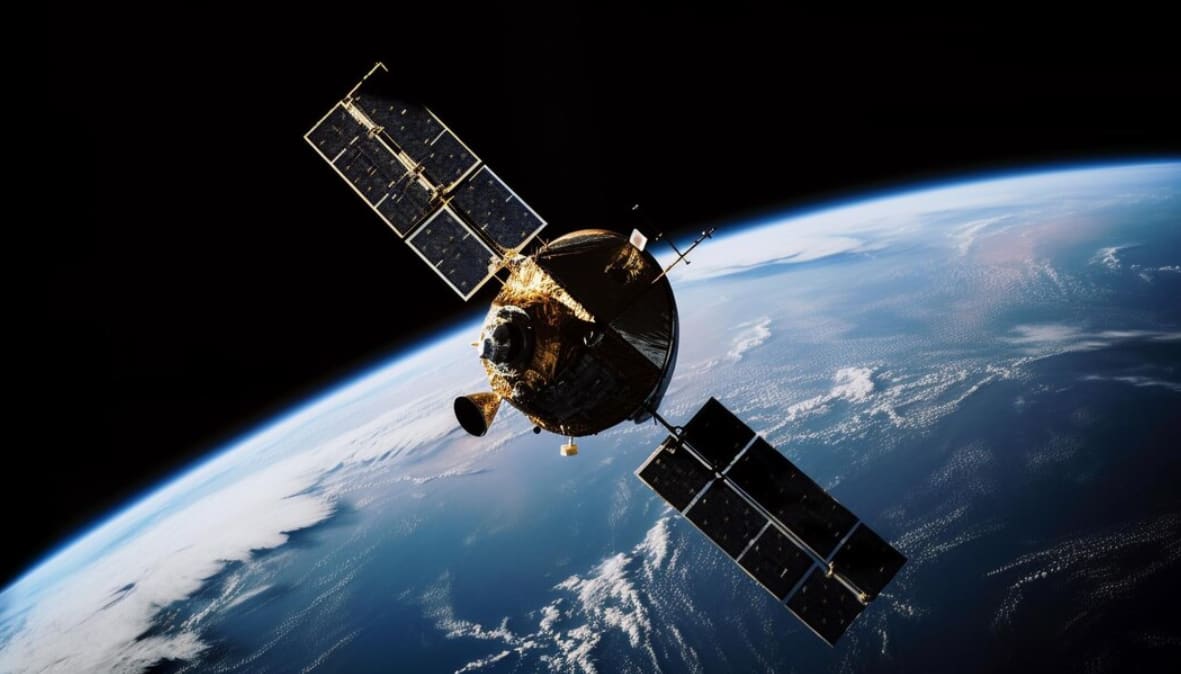Whenever the topic of space exploration arises, attention frequently turns to the iconic Voyager missions. Initiated by the United States, this program saw the launch of two robotic explorers, Voyager 1 and Voyager 2, in the year 1977. These twin probes have contributed significantly to our understanding of the cosmos, making groundbreaking revelations. Equipped with cameras, magnetometers, and a suite of scientific instruments, they have provided detailed insights into the largest planets of our solar system. As of now, both Voyagers continue their journey beyond the known boundaries of our solar system, venturing into the mysterious realms of interstellar space. Their extensive journey has yielded a wealth of important discoveries and data.
Linking the exploration of the farthest satellite from Earth, Voyager 1, to the theoretical realms of astrophysics, the Saha Ionization Equation emerges as a crucial concept. This equation helps explain the ionization processes in various celestial environments, similar to those Voyager 1 encounters in its journey.
Inauguration of the Voyager Missions
Launching from Cape Canaveral in Florida, the Voyager 1 spacecraft began its monumental space exploration 16 days after its counterpart, Voyager 2.
- It initiated its journey on August 20, 1977, with Voyager 1 following on September 5, 1977;
- Charting a more rapid and straight course, Voyager 1 managed to outpace its sibling probe;
- This later launch did not hinder Voyager 1; its faster route enabled it to cross the asteroid belt more quickly and eventually overtake Voyager 2 by December 15, 1977.
This event was a significant landmark in space exploration history, positioning both spacecraft on their respective courses to unravel the secrets of the universe.
Exploration of Jupiter in the Voyager Mission
The journey of Voyager 1 to Jupiter, the behemoth gas giant of our solar system, was completed in a brisk one and a half years, thanks to its straight-shot route. In the early months of 1979, it began beaming back its first collection of Jupiter’s images.
The spacecraft’s visuals showcased Jupiter with a more dynamic atmosphere than what had been seen in the early 1970s by the Pioneer missions. From January 30, 1979, for a period of over 100 hours, Voyager 1 took a series of images at 96-second intervals, piecing together a color time-lapse that depicted Jupiter completing ten full rotations.
The mission’s cameras also captured unprecedented views of Jupiter’s moons – Amalthea, Io, Europa, Ganymede, and Callisto. Notably, Io was pictured as a vivid tapestry of yellow, orange, and brown hues, marked by the presence of numerous active volcanoes, signifying its status as one of the most dynamic geological entities in the solar system.
Voyager 1’s voyage also led to the discovery of a previously unknown slender ring around Jupiter and the identification of two new moons, Thebe and Metis. This exploration afforded a more detailed understanding of Jupiter’s magnetic environment and its moons, surpassing the level of detail provided by the earlier Pioneer missions. Following this in-depth analysis of Jupiter, Voyager 1 harnessed the planet’s gravitational force to propel itself towards Saturn, showcasing the effectiveness of gravity-assist maneuvers in space travel.
Journey Through Saturn in the Voyager Mission

- Twenty months following its exploration of Jupiter, Voyager 1 arrived at its subsequent destination, Saturn, on November 9, 1980. This made it the second spacecraft to visit Saturn, following Pioneer 11’s earlier mission;
- A highlight of Voyager 1’s Saturn exploration was its close encounter with Titan on November 12, 1979, passing at a distance of about 2,500 miles. The spacecraft’s images showed Titan shrouded in a dense atmosphere, hiding its surface from view.
Examination of data from Titan showed that its atmosphere was primarily nitrogen-based, suggesting it could be the first location in the solar system, apart from Earth, to host liquid on its surface. The detection of nitrogen, methane, and various hydrocarbons on Titan opened up the potential for prebiotic chemical processes to occur there.
Voyager 1 also scrutinized Saturn’s moons Mimas, Enceladus, Tethys, Dione, and Rhea, uncovering detailed features of Saturn’s intricate ring system and discovering the G ring. This mission provided an unparalleled study of Saturn, its rings, moons, and magnetic field.
However, the trajectory chosen for the Titan encounter meant that Voyager 1 would not visit Uranus and Neptune, unlike its companion. After the Saturn flyby, Voyager 1 used a gravity assist to exit the plane of the solar system.
The Solar System’s Family Portrait
As Voyager 1 traveled beyond the solar system’s periphery, it embarked on a spontaneous mission. On February 14, 1990, about 4 billion miles away from Earth and inspired by a proposal from Carl Sagan, the spacecraft turned its cameras to capture the Sun and its surrounding planets. This resulted in about 60 photographs, providing a distinct view of the solar system from an external standpoint. Among these, one particular image displayed Earth as a minuscule, almost indiscernible dot against the vastness of space, an image later known as the “Pale Blue Dot.”
This set of photographs concluded a vast array of imagery, with the Voyager spacecraft collectively capturing 67,000 images. Following this significant achievement, Voyager 1’s cameras were turned off to conserve the vital resources of power and storage, crucial for its ongoing journey through interstellar space.
Enduring Mission of Voyager 1

- On December 16, 2004, a notable announcement from the scientific community revealed that Voyager 1, located 94 Astronomical Units from the Sun, had registered heightened magnetic field intensities;
- This data implied the spacecraft had reached the termination shock, a distinct area marking the slowdown of the solar wind, leading into the heliosheath;
- Then, on August 25, 2012, Voyager 1 marked a groundbreaking moment in space exploration by being the first man-made object to cross the heliosphere’s edge, thereby entering the vast expanse of interstellar space.
As of now, Voyager 1 remains operational at an impressive distance of about 13.5 billion miles from the Sun. It continues to send back crucial scientific information. The probe’s operational instruments are anticipated to function until 2021. Beyond that point, Voyager 1 is expected to persist in its space voyage, although it will no longer be able to communicate data back to Earth.
Conclusion
The Voyager 1 mission represents a pioneering venture into the unknown, marking humanity’s first foray into the vast expanse of interstellar space. It serves as a testament to our insatiable curiosity and our unyielding desire to understand the universe we inhabit. Even as its instruments start to power down, Voyager 1’s journey among the stars will continue, silently navigating through the cosmos, while its legacy remains inspiring generations to reach for the stars.





